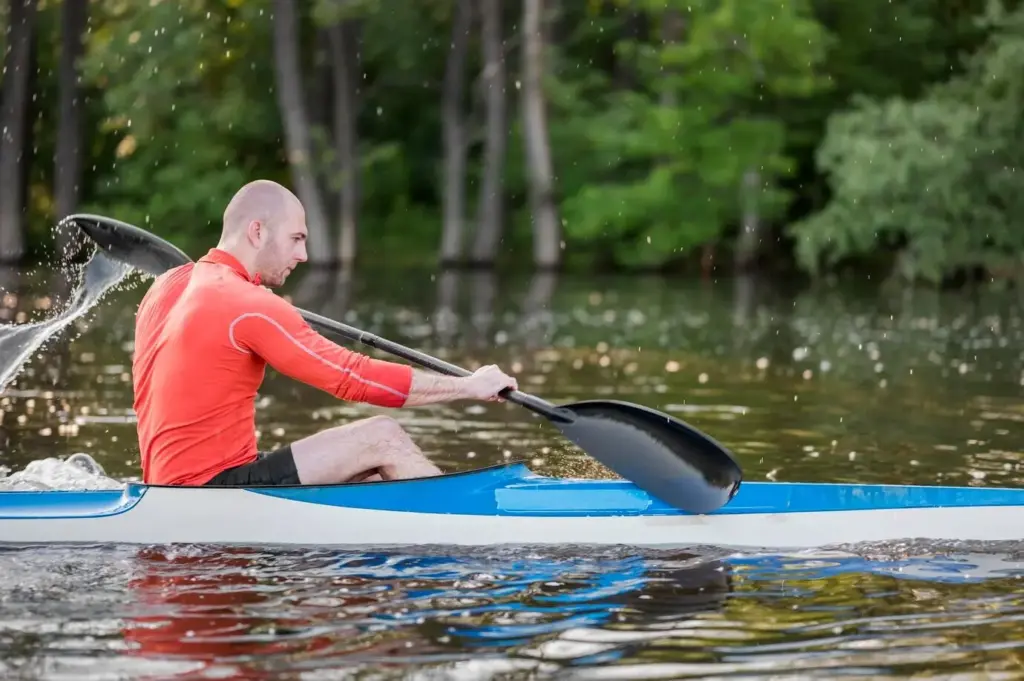Paddle Further: Confident Plans for Multi‑Day Camp Expeditions
Finding Waterways That Fit Your Style
Packing Systems That Keep Gear Dry and Balanced
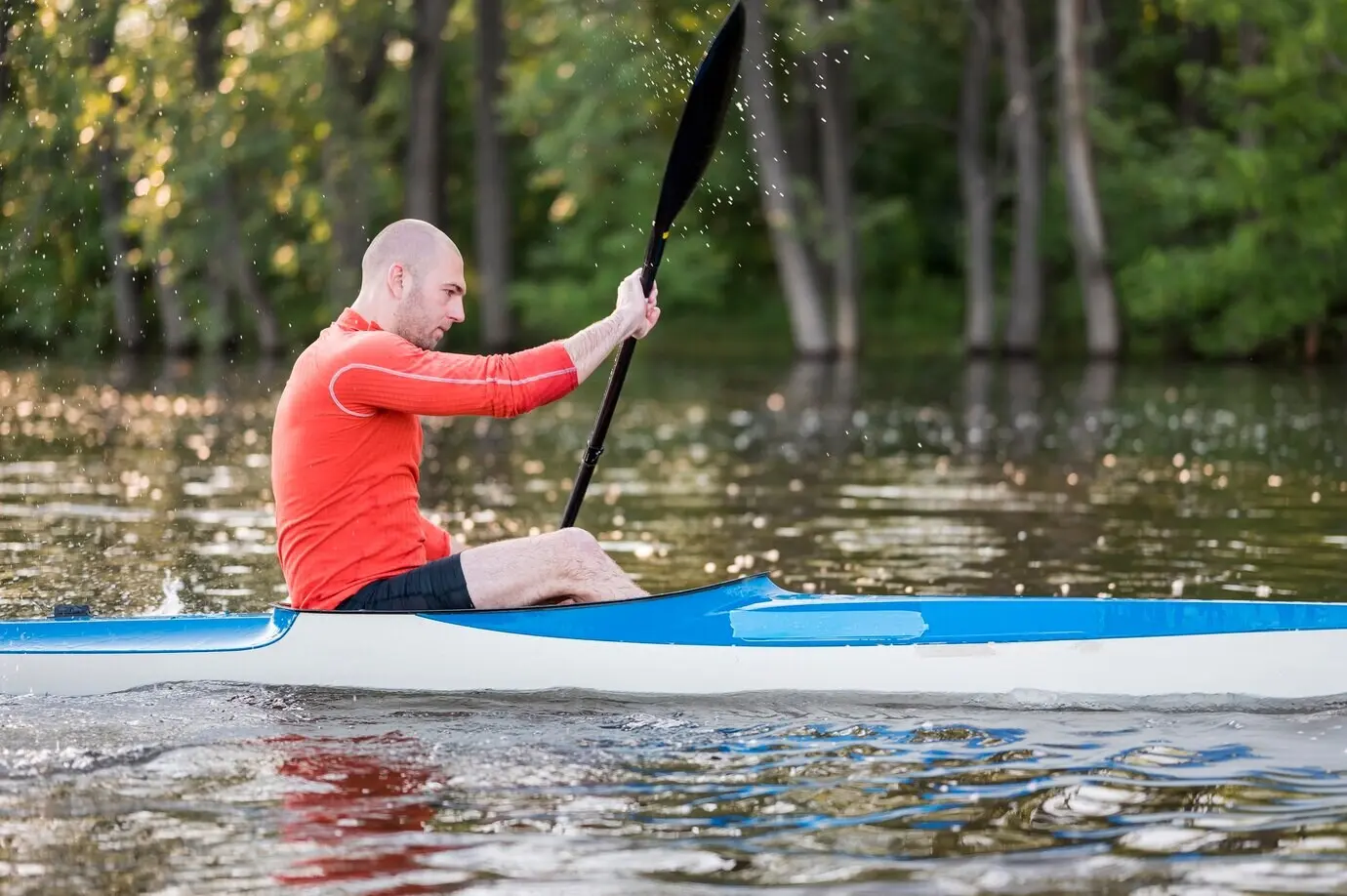
Dry Bags, Barrels, and Modular Kits That Actually Work
Mix roll-top dry bags, hard barrels, and zip pouches so redundancies prevent total failure. Group navigation, repair, medical, and kitchen kits separately. Purge excess, label clearly, and note volumes. Practice loading at home until muscle memory places headlamp, layers, and snacks exactly where cold hands expect them.
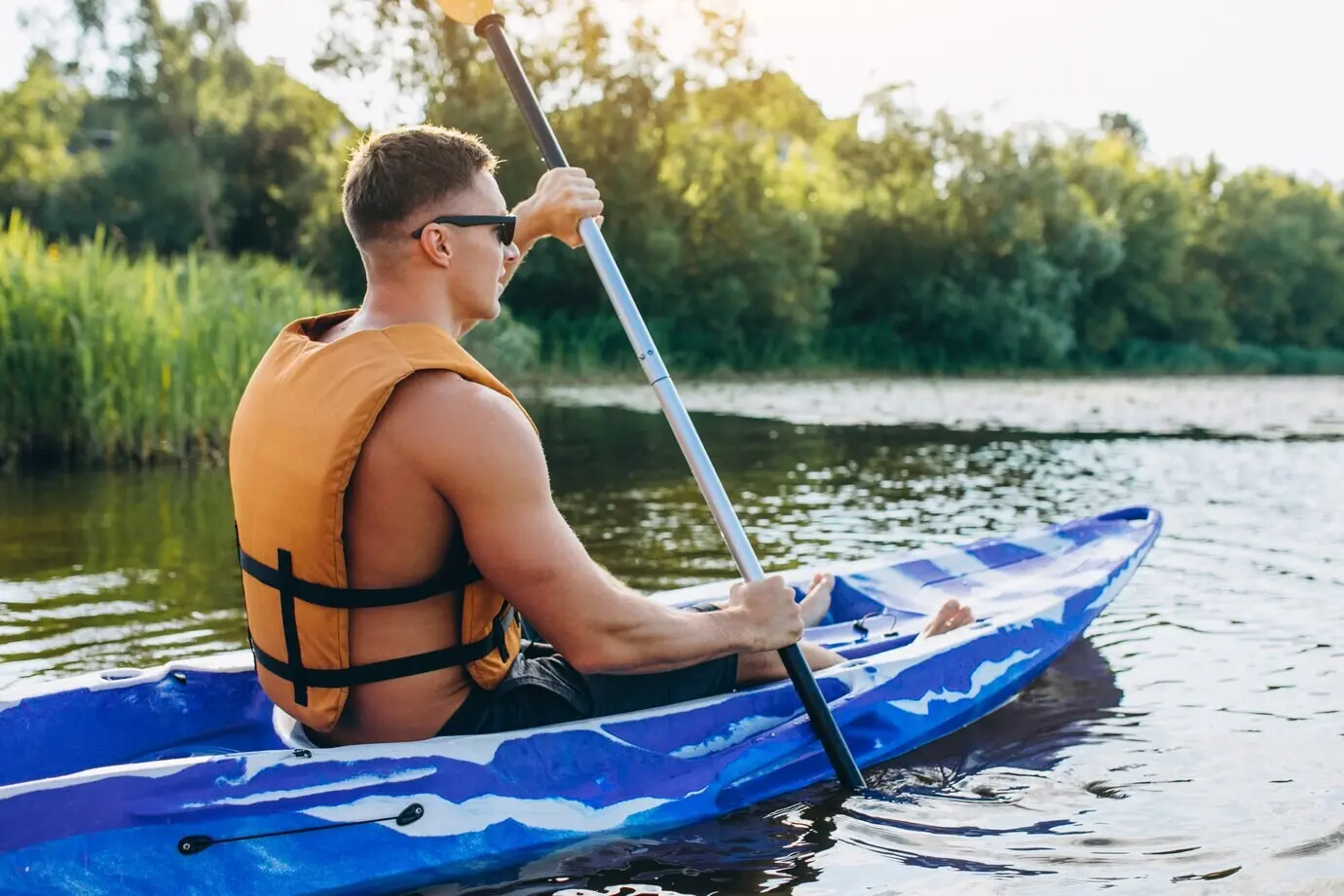
Weight Distribution, Trim, and Stability in Real Conditions
Trim matters when quartering waves or ferrying across current. Place dense food and water low and central, balance ends, and secure everything for capsizes. Adjust after the first mile if the bow buries or steering feels sluggish, and record lessons for the next itinerary’s spreadsheet.

Clothing Layers and Footwear for Wet Days and Cold Nights
Layering prevents shivers after splashy crossings and keeps nights restful. Combine synthetic or wool base layers, windproof shells, and insulating pieces that tolerate camp sparks. Footwear should drain, grip on slick rock, and dry overnight. Stash an emergency warm set in its own sealed, floatable bag.



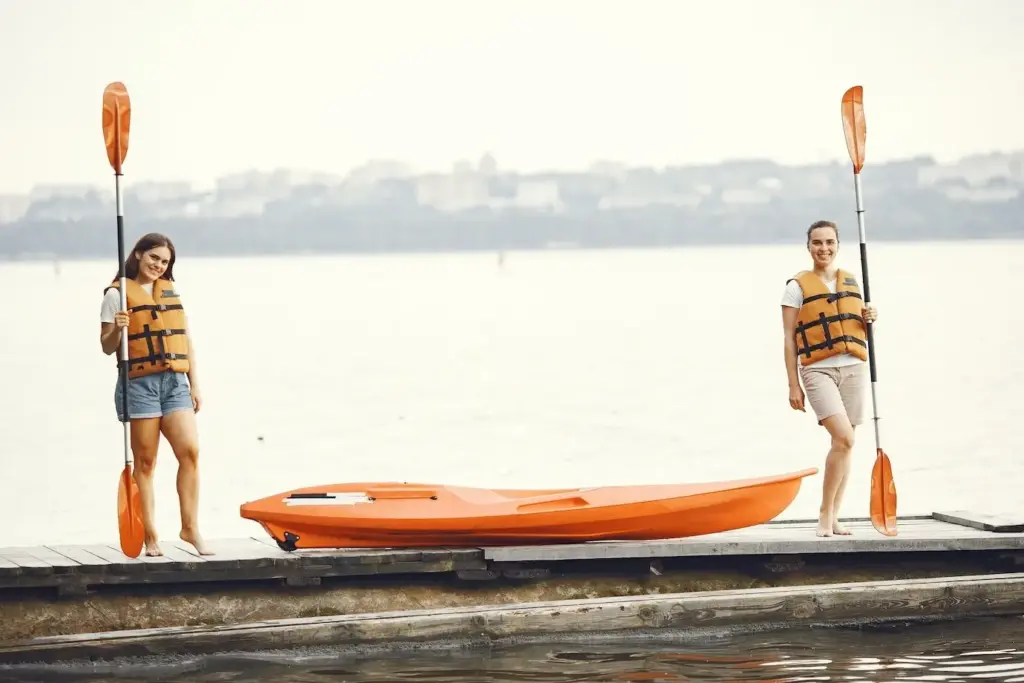
Food Planning and Efficient Camp Kitchens
Safety, Weather, and Decision-Making Under Pressure
Forecast Sources, On-Water Signs, and Timing Escape Routes
Communication: VHF, PLBs, Satellite Messengers, and Protocols
Capsize Drills, Hypothermia Prevention, and Rescue Roles
Daily Rhythm, Group Dynamics, and Memorable Moments
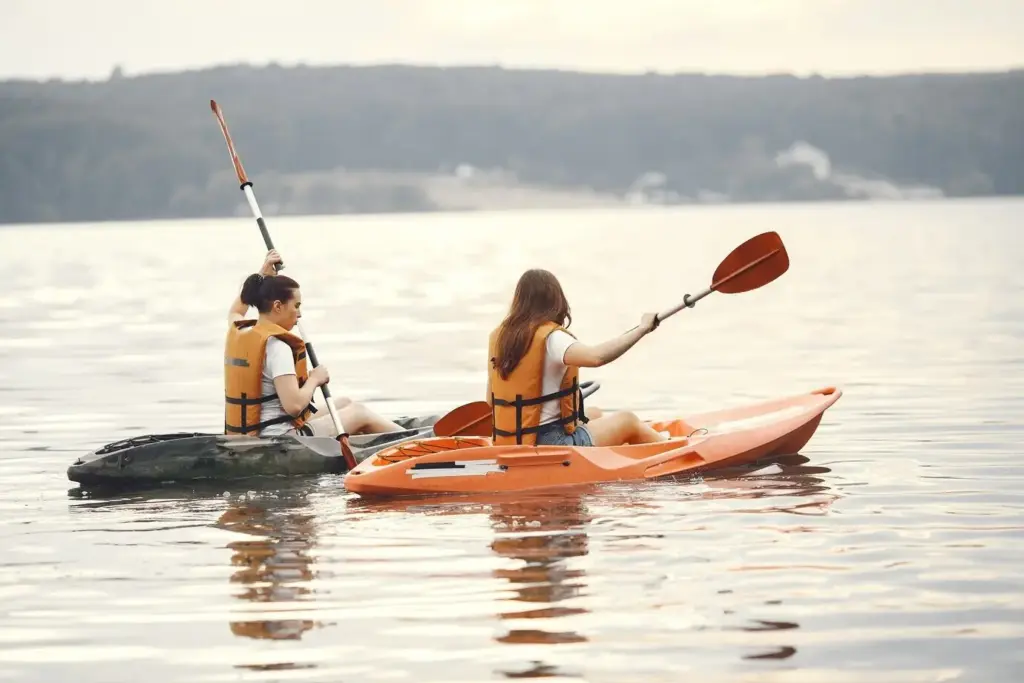

Morning Systems: Launch Fast Without Forgetting Essentials
Pack the night before, confirm weather, stage boats, and rehearse a five-minute dock routine that checks PFDs, pumps, and charts. A consistent countdown prevents forgotten items and calms pre-launch jitters. Capture a quick group intention to align expectations and keep kindness in the forefront all day.
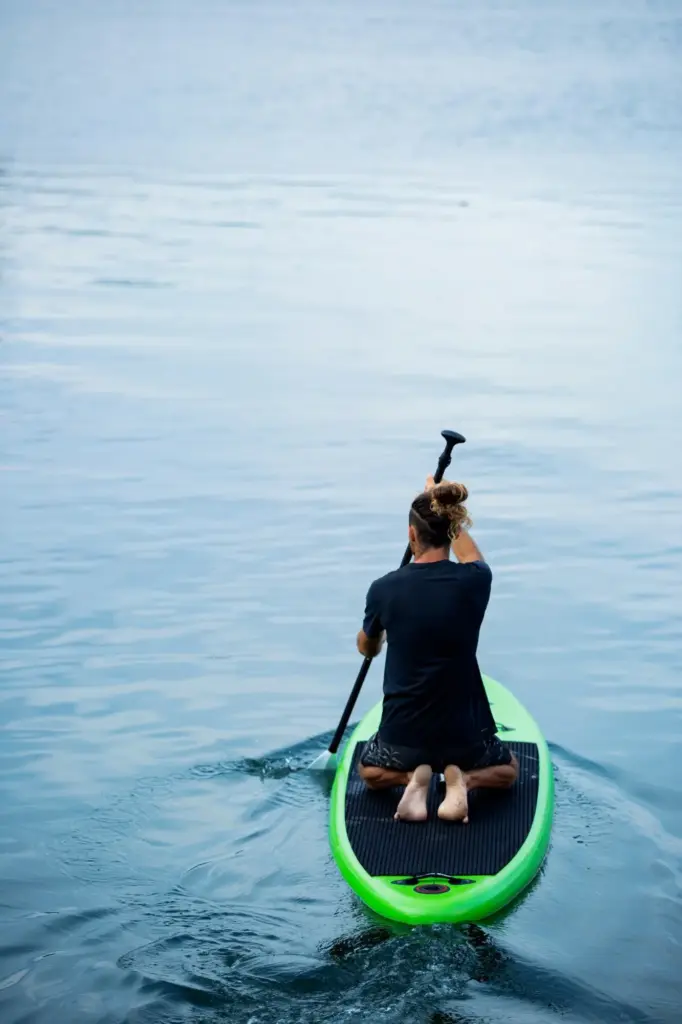

Campsite Setup That Works in Rain, Wind, and Darkness
Choose tent sites with drainage, wind breaks, and views that lift spirits. Pitch shelters first, then establish a kitchen triangle with safe water, heat, and cleanup zones. Lighting, line management, and rain habits keep order. A shared laugh during squalls becomes the story everyone remembers.
All Rights Reserved.
